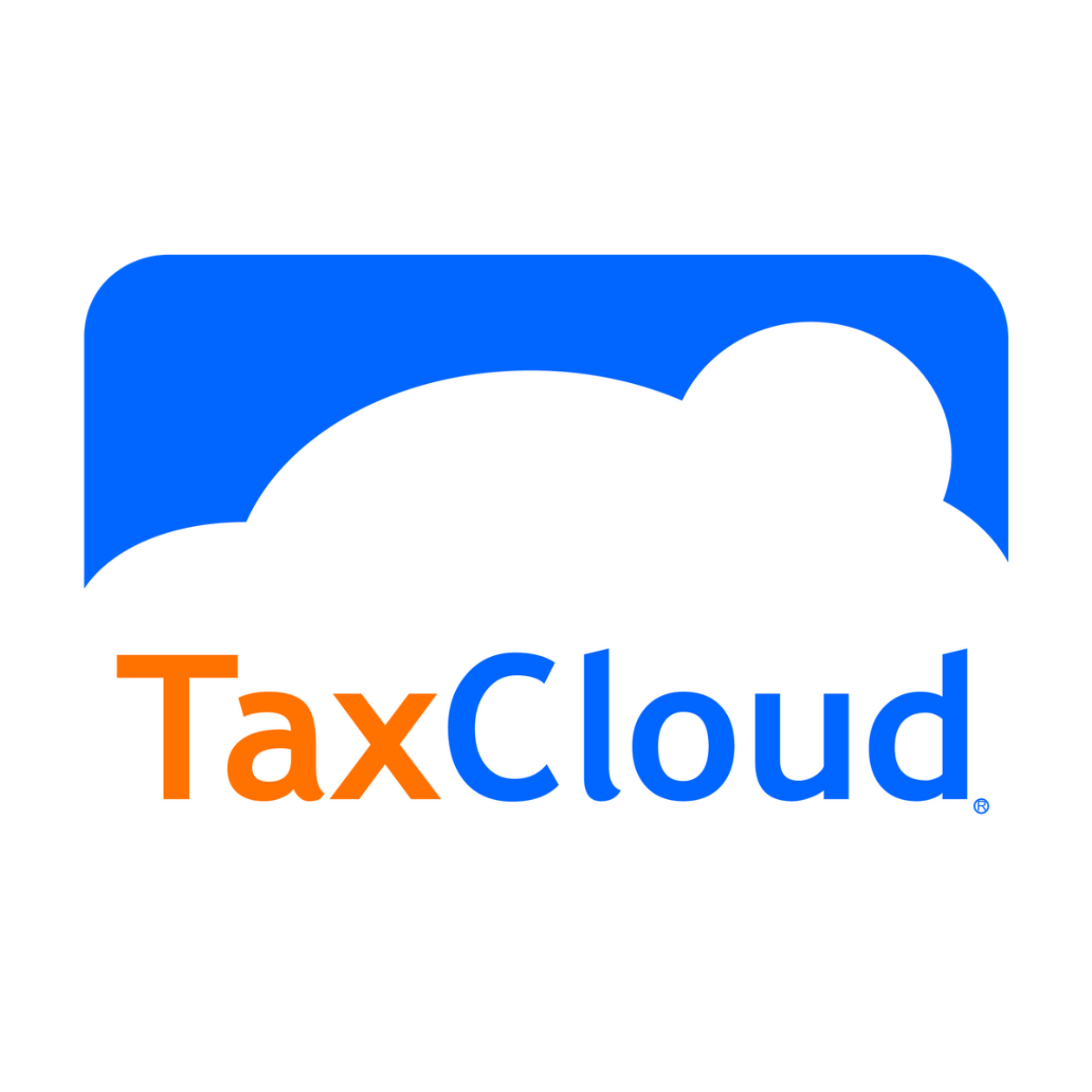
Streamline Work Group Improves Exemption Certificate and Related Directions and Information

Alison Jares is Deputy Director of Business Tax at the South Dakota Department of Revenue. She has been with the department for 24 years starting as a Revenue Agent in the newly formed Taxpayer Assistance Center. In her role as Deputy Director, Alison focuses on sales and use tax policy and training as well as contractor’s excise tax policy and training. She is also active in the Streamlined Sales Tax Program currently serving as the chair of the State and Local Advisory Council. Prior to working for the Department of Revenue Alison worked for the Nash Finch Company in grocery retail operations throughout the Midwest. She is a graduate of the University of South Dakota where she obtained her Bachelor of Administration.
Alison was privileged to be in the first class of the governor’s State Leadership Excellence program in South Dakota. Alison and her family have called the Capitol City of Pierre home for over 25 years.
Russ: Alison, Christie, David, Thanks for joining us today to talk about the Streamline Sales Tax exemption project.
One of the most significant decisions the SST Governing Board initially made was to allow sellers to be relieved of liability if they did not collect sales tax because they accepted an exemption certificate from their customer at the time of sale or within 90 days of the sale, without regard to “good faith.” What does this mean and why is this so important to sellers?
Christie: The purpose of the Streamlined Sales Tax Agreement (Agreement) is to simplify and modernize sales and use tax administration to substantially reduce the burden of tax compliance. The Agreement focuses on improving sales and use tax administration systems for all sellers and for all types of commerce in several areas, one of which is the simplified administration of exemptions (SSUTA Sec. 317). As part of the exemption administration simplification effort, a single certificate of exemption was created that all SST member states accept. With limited exceptions, if a seller accepts a fully completed certificate at the time of sale or within 90 days of the sale, the seller will be relieved from liability for any tax that might be due if it is determined that the purchaser improperly claimed an exemption and the purchaser will be held liable for the nonpayment of tax. Prior to the adoption of SSUTA Sec. 317, and member states amending their statutes or regulations to comply with Sec.317, a seller was generally not relieved of liability unless it could show that the certificate was accepted in good faith. In the context of exemption administration, “good faith” means that the exemption claimed on an exemption certificate must be:
- statutorily available on the date of the transaction in the jurisdiction where the transaction is sourced,
- applicable to the item being purchased, and
- reasonable for the purchaser’s type of business.
To require an out-of-state seller to know the answers to the questions raised in this definition for all its customers and for all of the states to which it ships its products is unreasonable and does not fall within the goal of reducing the burden of tax compliance. So, in the spirit of simplifying sales tax administration and reducing the burden of tax compliance, the Agreement provides for the relaxation of the good faith requirement. If states are imposing good faith requirements, they are not easing the burden of tax compliance, particularly on remote sellers.
If, however, a state finds that a purchaser is repeatedly issuing incorrect certificates, the state has the right to contact the purchaser to determine if the purchaser simply does not understand their responsibility or if the purchaser is knowingly claiming an exemption that does not apply and can hold the purchaser responsible for the tax due on those transactions.
Russ: Has this decision created any problems for the states?
Christie: Historically most states have had a “good faith” standard in their laws related to sellers claiming an exemption and the documentation required to demonstrate the right to the exemption. The change to remove that “good faith” standard may have proved more difficult for some states than others. What difficulties the change has caused the states cannot be specifically identified here.
From an efficiency standpoint, if a state determines a purchaser is improperly issuing an exemption certificate to a particular seller, that purchaser may be improperly issuing exemption certificates to numerous sellers, and it is likely in the best interest of the state to contact that purchaser to correct the situation.
While all member states are required to remove the “good faith” standard from their laws to be in compliance with the Agreement, there is currently a full member state that has not removed the “good faith” standard from their law. This has put the state out of compliance with the Agreement.
Russ: Obtaining and retaining exemption certificates is a critical part of sales tax administration. The three of you head up a work group that made revisions to the SSTGB Exemption Certificate and the accompanying instructions. We appreciate your efforts in addressing the complexities of exemption certificates. It is very important for us and our merchants. You are also working on a disclosed practices matrix for the Streamlined Sales Tax States. Why did SSTGB think this was an important undertaking?
Christie: The SST staff identified the need for updates to the Streamlined Exemption Certificate after receiving numerous questions about how to properly complete the certificate. Businesses asked questions specifically regarding the ID number to list when claiming a sales tax exemption on purchases of items to be resold.
Alison: The business community also asked for clarity regarding what is a “properly completed exemption certificate”. Streamline member states, in accordance with the Agreement, relieve a seller of sales tax liability when the seller accepts a properly completed exemption certificate. The recent changes made to the exemption certificate provide direction to both sellers and purchasers regarding how to properly complete the exemption certificate. Sellers and purchasers want to do what is expected but need states to provide clear instructions.
Russ: The exemption for resale is one of the most common. While it is not uniform across the states it is fairly well standardized. What are some of the most common pitfalls or mistakes for sellers?
Alison: The most common questions that SST and states receive from sellers include:
- What is a properly completed exemption certificate?
- How frequently do exemption certificates need to be updated?
- Is my business liable for sales tax if a purchaser claims a sales exemption as a resale purchase but then does not resell the item?
The recent updates and changes to the Streamline exemption certificate as well as the disclosed practices member states are working on to assist sellers with these questions.
Russ: What are some of the most common pitfalls or mistakes purchasers make when completing an exemption certificate for resale?
David: Not providing correct ID numbers.
Russ: What are some significant pitfalls and mistakes for purchasers and sellers with other exemptions?
David: Purchasers and sellers might assume a sales tax exemption allowed in their home state is also allowed in all states. This is an incorrect assumption. Purchasers and sellers must research the tax exemptions provided in the state the sale is sourced to. This is one reason Streamlined is creating the disclosed practices specific to the use of the Streamlined Sales Tax Exemption Certificate. These disclosed practices provide direction and resources for purchasers and sellers regarding exemptions allowed in the member states.
Purchasers sometimes mistake use-based exemptions for entity-based exemptions (e.g., agricultural production) and purchase items exempt that do not qualify for the exemption because it is not an exempt use.
Russ: What encouragement would you give to other states to join the Agreement?
David: The Agreement provides many benefits to its member states. First and foremost, one of the biggest benefits to membership was the Supreme Court’s favorable view of South Dakota’s membership in Wayfair. While state laws differ, the Court’s holding that membership reduced undue burden on sellers gives comfort to other member states that their economic nexus policies are on firm constitutional footing.
Disclosed practices, such as the current work on exemption claims, also greatly reduce burden on sellers. It provides a one stop shop for a seller to gain a large amount of information regarding many states. This is not only a benefit to sellers in other states, but also to sellers located in each member’s own state as it provides your own constituents with a vast body of very helpful information. I would encourage non-member states to consider voluntarily responding to the Agreement’s disclosed practices as a way to help reduce burdens on sellers.
Streamline’s registration system, which allows for registration in all member states by filing one registration also reduces burdens on sellers and encourages sellers to register in states due to how easy it is.
Finally, CSPs provide a low burden and cost effective way for sellers to comply with state sales and use tax laws.
Russ: There are hundreds of other state sales and use tax exemptions across the states. What are the best methods for individual taxpayers and practitioners to understand what exemptions may apply to their businesses and clients and what the requirements are to claim them?
Alison: The best advice I can give anyone is to contact that state directly. Each situation can be unique. Discuss your specific transaction directly with the state the sale is sourced to.
Many states have written guidance provided on their state website. Use the information as a source to start your review but contact the state to ensure you are understanding and applying the guidance correctly, particularly if the guidance is dated. Streamlined provides links to every (member and nonmember) state’s website and sales tax division under the “Contacts” tab on its website. This is a quick way to find information for any state.
Russ: What are some of the most unusual sales and use tax exemptions you have encountered in your careers and in this study?
Alison: Each state’s tax exemptions are often specific to the leading industries of that state. For example, South Dakota’s primary economic driver is our agricultural industry. There are numerous sales tax exemptions specific to the agricultural industry.
David: One strange exemption in Michigan is for aquatic vegetation harvesters.
Russ: What are your recommendations for record keeping so that purchasers and sellers can be comfortable with their practices and know they will be ready for any potential inquiry or audit?
Alison: Sellers, maintain copies of all exemption certificates, proof of exemptions (such as method of payment), bills of lading or proof of deliver location. These documents can be held in paper or electronic form. Be sure to maintain the documents to support any exemption that your provide to your customers.
David: Purchasers that did not claim an exemption and paid tax on a purchase should always maintain a copy of their receipt, invoice, bill of sale, etc. that indicates the amount of tax paid. Failure to do so will likely result in a use tax liability.